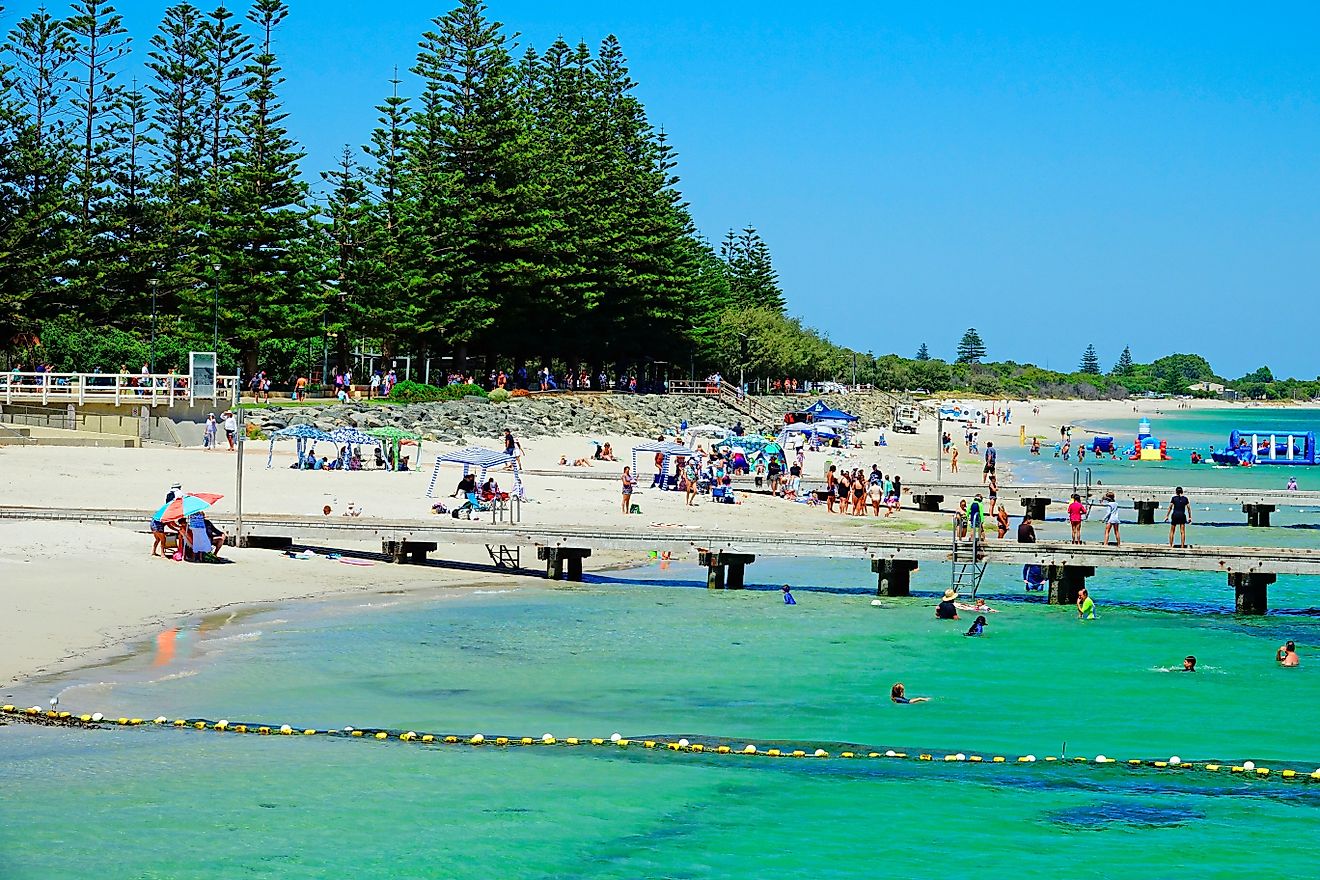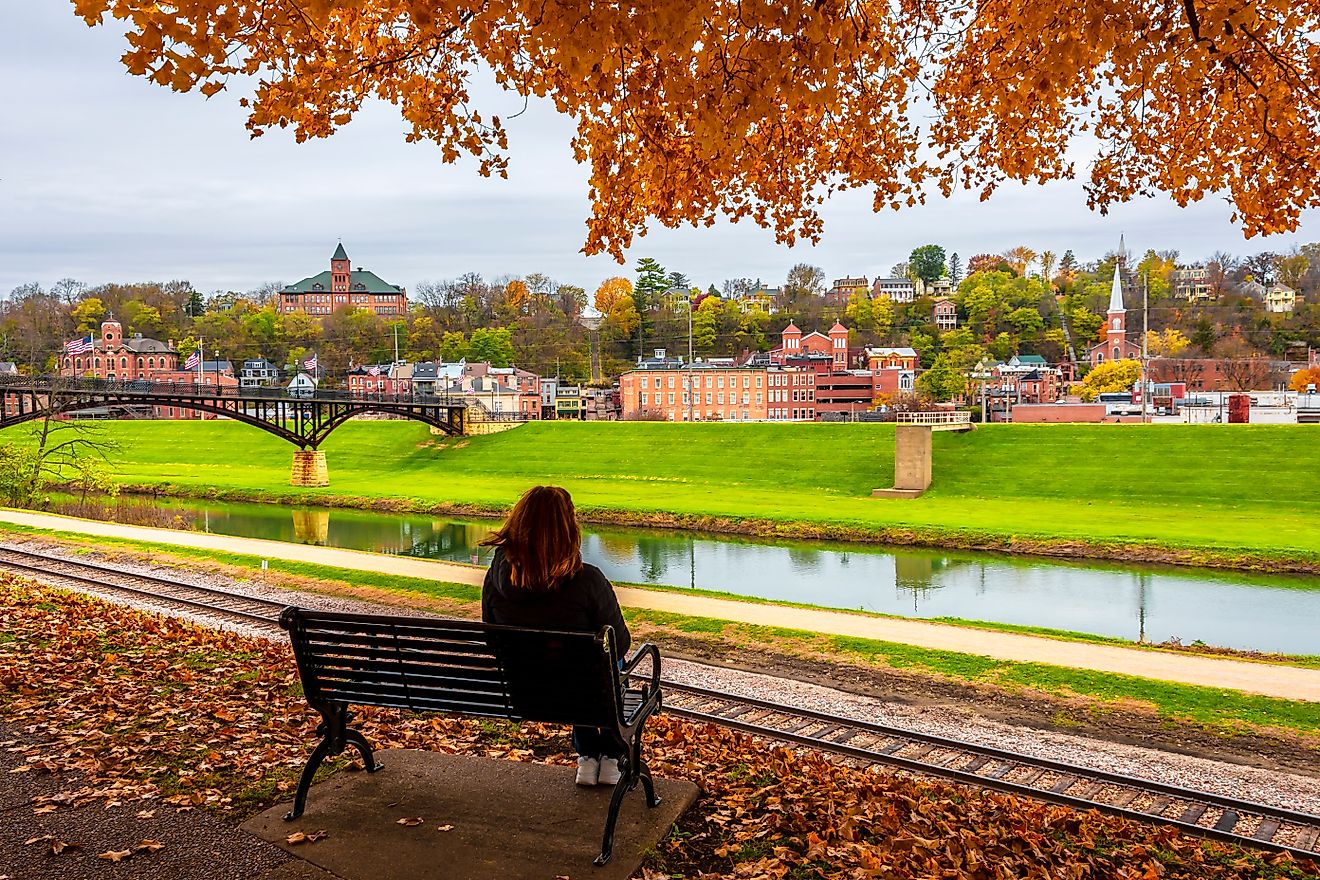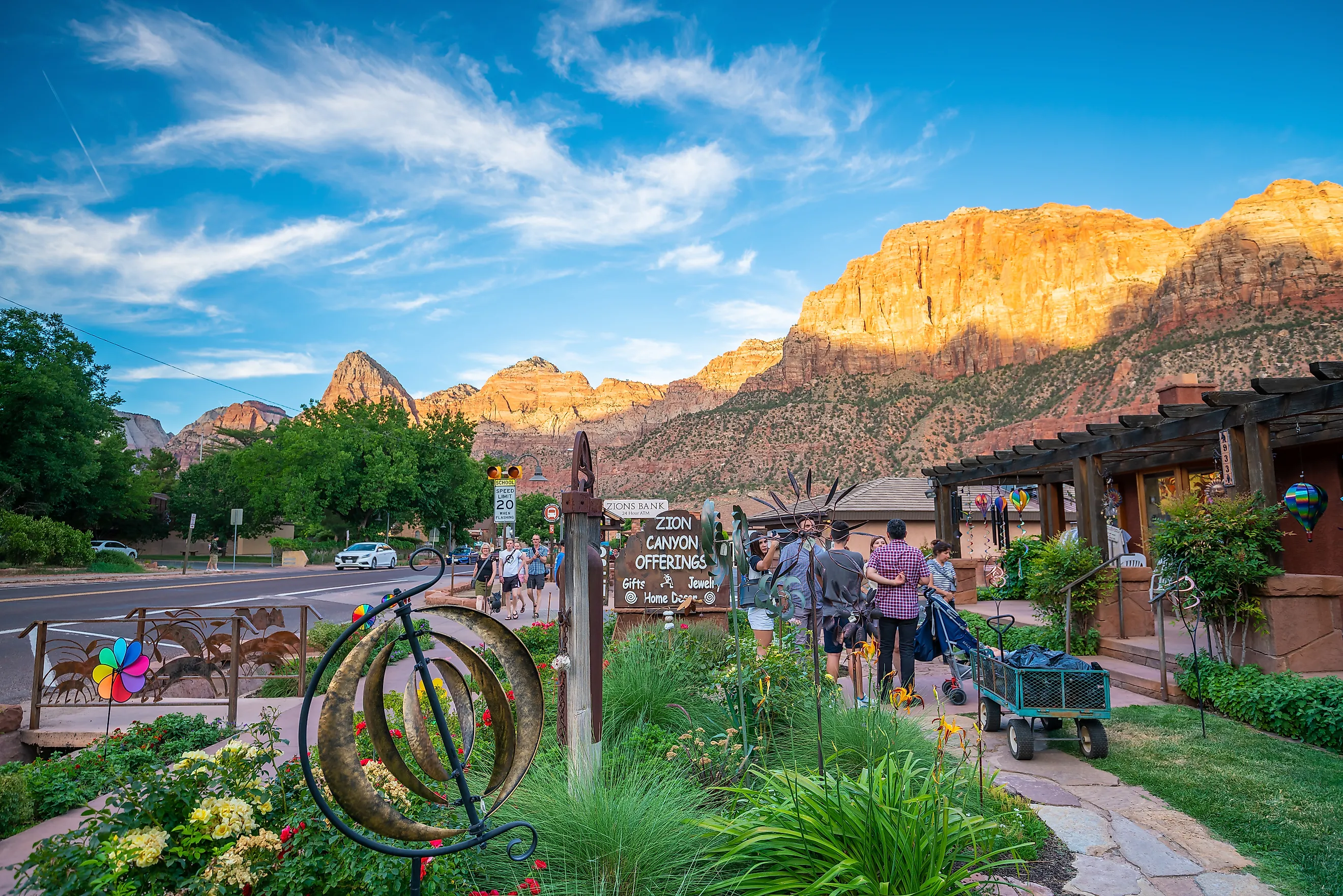
These 8 Towns In Utah Feel Like Home
Deep in the Mountain West, in a state defined by canyons, cliffs, and still-growing neighborhoods, Utah has quietly become the one of the fastest-growing states in the United States. The Beehive State shows that people do not call it their home by chance, but because it stirs something steady beneath constant change. Salt Lake City's urban appeal may dominate the conversation, yet far beyond its reach, smaller towns in geographically diverse regions like Zion Canyon or Vermilion Cliffs stir their own kind of pull.
These welcoming towns promote spaces where neighbors become extended family and where newcomers quickly find their place in a community that values both its past and its future. Utah reintroduces its story through preserved village traces and petroglyphs, each narrating tales of ancient inhabitants who adapted to this earth long ago, simultaneously opening themselves to future generations.
Richfield
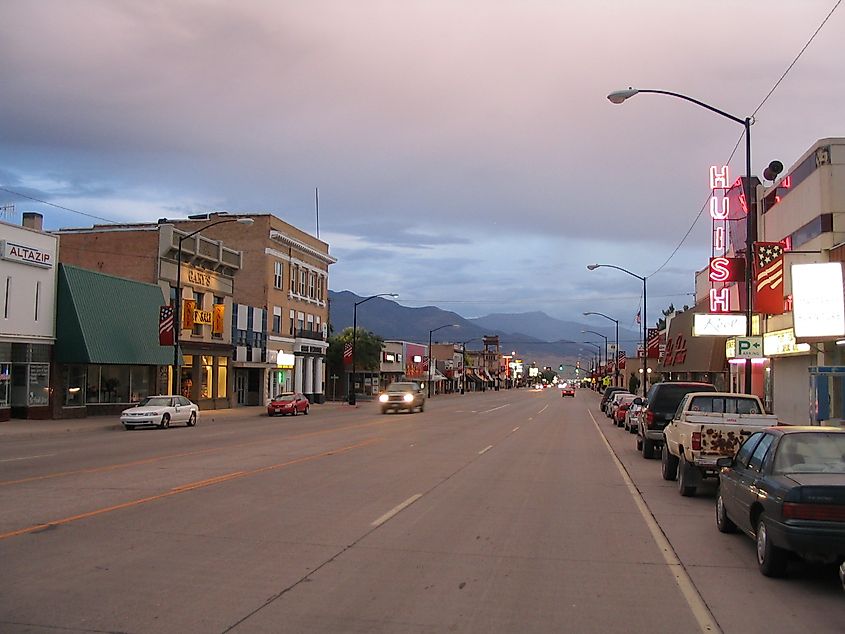
At approximately 5,300 feet in elevation, Richfield forms a core part of Utah's Trail Country, where pioneer history lives alongside modern community life. The Sevier Valley Canal Walkway follows a paved path where Richfield Creek runs alongside, quintessential for families and neighbors taking evening walks. Mountain bikers and hikers share the Pahvant Trail System, where residents also gather for morning exercise and casual conversation. Richfield Lion's Park brings a comforting, homely feel to the town, with a shaded playground and a nearby swimming pool equipped with familiar amenities that feel like home.
Downtown Richfield reflects generations of families who chose to build their lives here. Modest buildings house antique shops, cafés, and craft stores where owners remember customers by name. The Richfield Carnegie Library, dating to 1913, is Utah’s only Carnegie library designed in the Craftsman style. It stands along streets used daily by students, workers, and residents going about their routines. At the Lime Kiln Preservation Site, restored stonework and signage recall early industrial efforts in the region, preserving both the craft and the character of a community shaped by resourcefulness.
Torrey
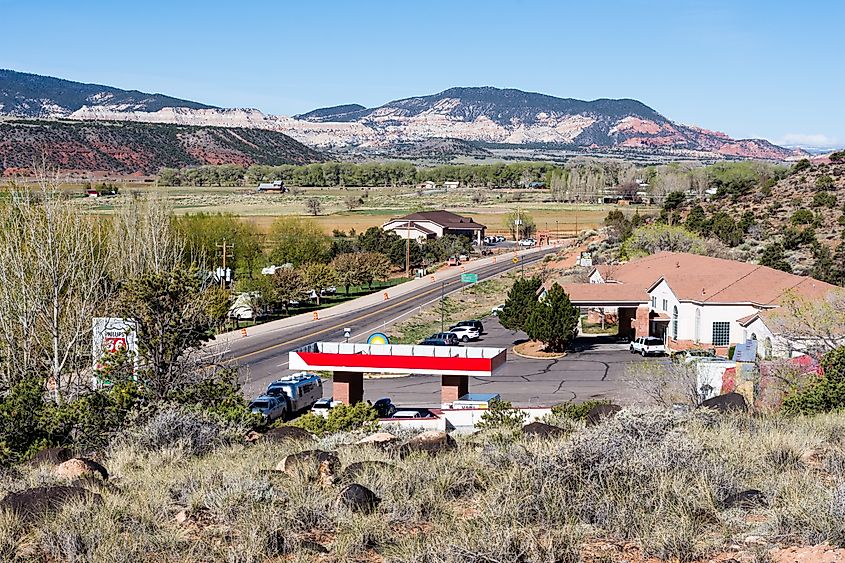
Embracing the Colorado Plateau's rugged glory, Torrey's red rock landscape slips into your itinerary as a familiar refuge. The nearby wilderness lures residents for daily walks, quiet reflection, and evening gatherings, while its desert springs keep wildlife thriving year-round. The town also serves as a gateway to Capitol Reef National Park, where trails wind through slot canyons, narrow passages, and sculpted sandstone walls amid ancient Fremont cottonwoods. The mountainous wilderness provides backdrop views of Thousand Lake Mountain's 11,300-foot summit, nudging the edge of the plateau foothills.
Families who have called the place their home for generations run antique shops, cafés, and craft stores inside modest buildings that fill downtown Torrey. Pioneer-inspired details shine through in the Torrey Log Church-Schoolhouse. Its ancient architecture, dating back to 1898, materializes in a single-story log building shaped by early settlement and minimalism. The town's annual Torrey Apple Days brings the past to life with folk music, welcoming the visitors inside the surrounding wild and livening the entire Fremont River valley.
Springdale
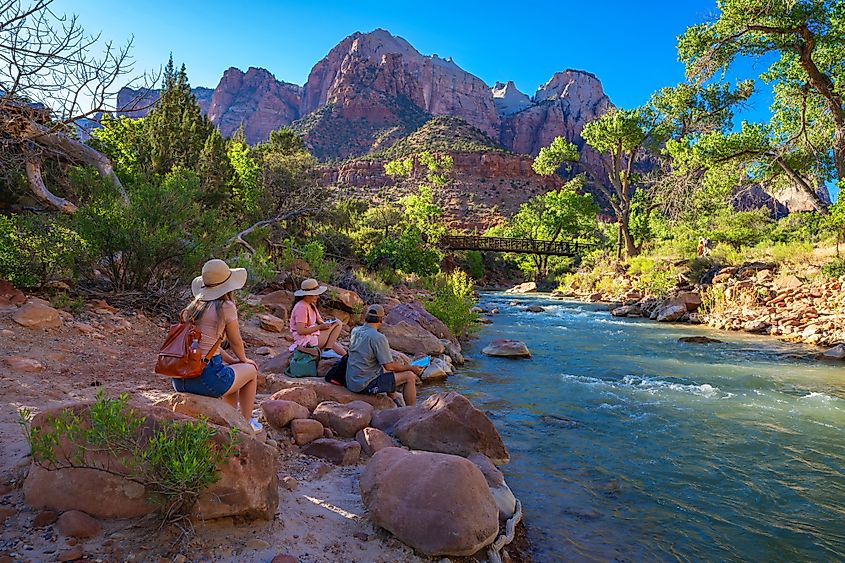
Springdale flows right where the red rocks open into the vast corridors of Zion National Park, and that sandstone sweep encloses everything like a natural arena. Around 600 people make their lives here, not in some far-off hush, but with a kind of everyday closeness that gathers beneath cottonwood branches or beside the Virgin River. Folks often pause at Wild Thyme Cafe, where casual eats and local stories pass between tables the way the breeze moves through canyon cotton. Come spring, the Zion Chalk and Earth Fest spills color onto the streets. Artists and locals come together to create murals using mineral pigments and raw textures on sidewalks, wood panels, and canyon rock. It’s a celebration of land, texture, and imagination, sparked by the surrounding desert’s hues and layers.
By fall, it’s the Zion Canyon Music Festival that brings people into the open air again with new energy. With mountains flanking the soundstage and handmade jewelry, local food, and eco-workshops lining the path, it isn’t just about the music but about keeping spirits high when the rains dry up. For those leaning toward quieter ground, the Zion Human History Museum holds artifacts and stories that map out movement, place, and endurance through time. From ancient tools and early settler maps to plant-life studies, it occupies the space not like exhibits but as chapters in a living desert book. People who’ve spent years marshalling this knowledge are often there to talk, answer questions, or share what they’ve come to understand from this land.
Heber City
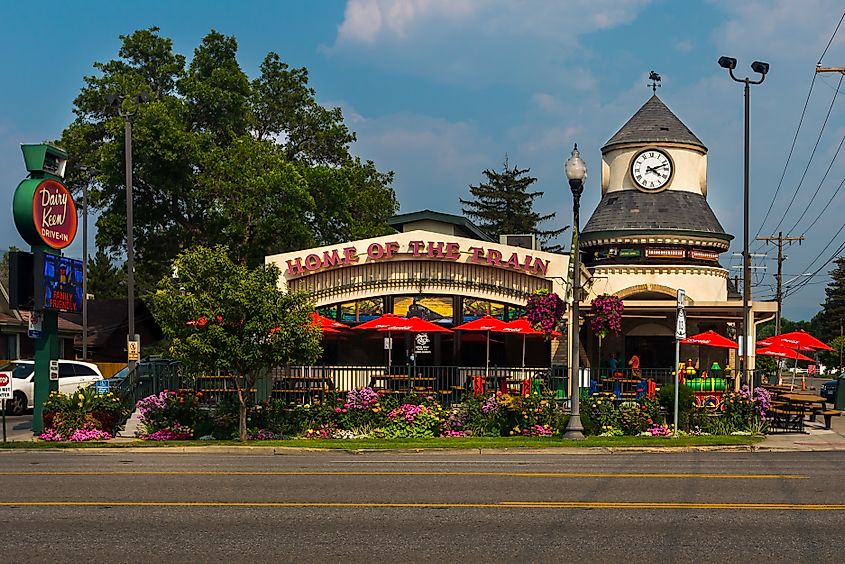
Heber City cascades along mountain slopes and lake edges, with farms, ski lodges, and neighborhoods expanding by the season. Many make their way here from different paths, some who grew up nearby, others leaving behind Park City’s high prices for something a bit more manageable. There's a strong outdoor pull with skiing close at hand, large reservoirs like Jordanelle State Park, and quick access to Salt Lake an hour away for city comforts. At Jordanelle, paddleboards glide along the water while fishing boats drift farther off, and families meet between campsite grills and trailheads. The Heber Valley Railroad brings local tradition to life with vintage train rides and themed events where conductors wave and folks cheer from porches.
At Russ McDonald Field, the CAF Utah Wing WWII Aviation Museum's restored aircraft and wartime collections delight veterans and flight enthusiasts from across the region. Even with real estate pressure and growing attention from outside the valley, the local culture still holds a neighborly ease. During the warm months, concerts on the lawn and local food markets share the season with the PRCA Wilderness Circuit Rodeo Finals. This annual extravaganza brings top regional riders, broncos, and quick-turning horses into the ring for multi-day contests that still stir the valley’s Old West backdrop.
Ivins
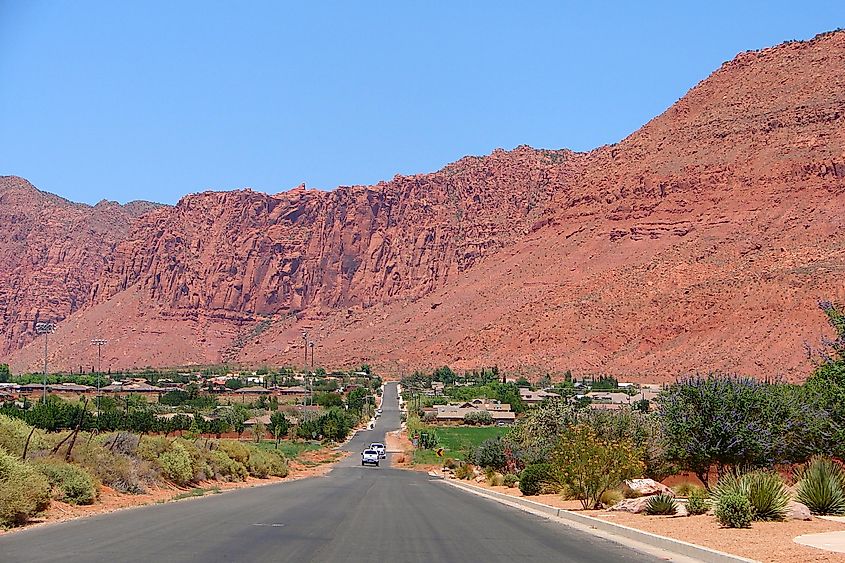
Ivins moves at a slower and quieter pace of life in Utah’s southwest, just far enough from Saint George to feel separate. It’s often where commuters return after work, but they stay home for what comes after. The best part of the day means dinner on patios, neighborhood chats, and time that slows down as desert and suburb meet. Fire Lake Park at Ivins Reservoir welcomes beachgoers, swimmers, and families who gather near the water for ease and connection. A short drive leads to the Desert Rose Labyrinth in Kayenta, a stone-lined path where walking often feels like sorting thoughts in motion. The nearby Kayenta Art Village embodies Ivins' creative side. With open galleries, a few small cafés, and a working theater, it motivates visitors to linger rather than browse.
Concerts, theater, and touring acts offer a reason to step out with familiar faces and shared interests. The Tuacahn Center for the Arts welcomes people into its 1,920-seat outdoor venue, the largest of its kind in Utah, set against canyon walls. What begins as entertainment often ends in connection, as applause feels more communal than performative. For anyone seeking private moments, the Tempi’po’op Trailhead leads past ancient petroglyph panels and open desert clearings, where short climbs and firm dirt paths set a steady pace. The city parks similarly allow space to focus on movement, calm, or self-reflection, whichever matters most that day.
Blanding
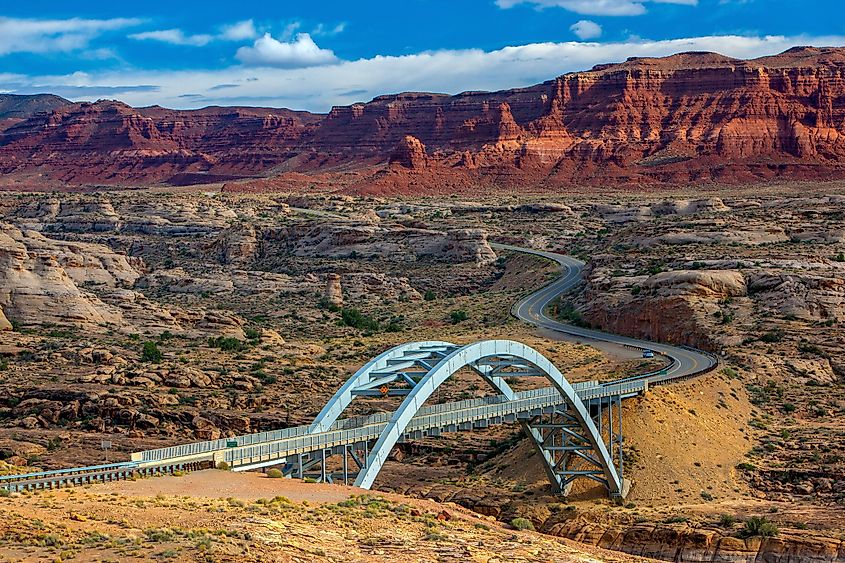
Blanding sits in southeastern Utah, near the Abajo Mountains, with a small‑town calm that feels easy to settle into. There are grocery stores that get the job done, porches where people actually wave, and houses that still feel human-sized. Kids ride their bikes around town, and locals like spending quality time outdoors, inspiring you to lean into the neighbor thing when you're in the mood. The Edge of the Cedars State Park Museum is right in town, housing one of the largest collections of Ancestral Puebloan pottery in the Southwest.
Inside the museum lies an excavated kiva you can climb down into, and outside, a short trail winds through ruins that include several ancient kivas dating back over a thousand years. Every September, Centennial Park hosts the San Juan County Fall Festival. From the hot dog eating contest and corn pit for the kids to karaoke, the event attracts a diverse mix of families, teens, older folks, and college students from the Utah State University campus in town. By evening, people gather for music, dancing, and fireworks to bring the evening to a close.
Kanab
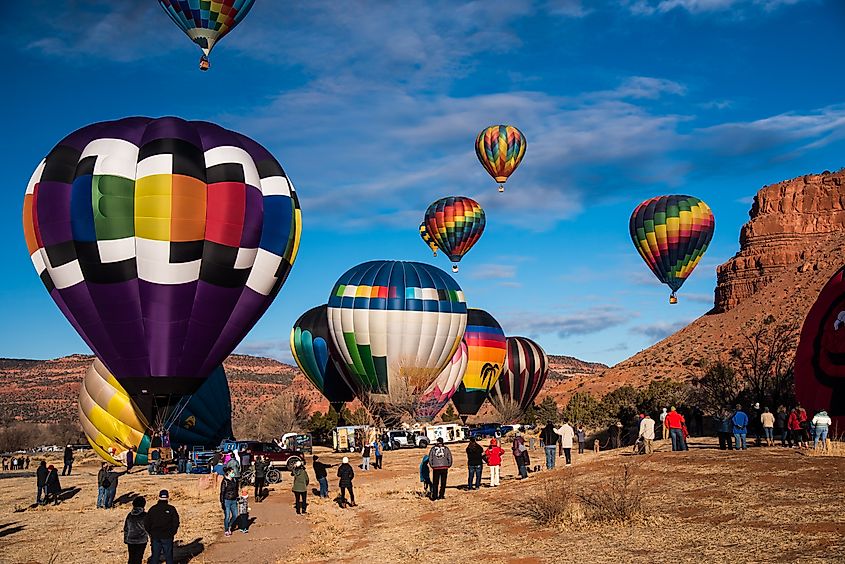
Kanab bursts into view at the edge of the Colorado Plateau, teeming with red-rock plains and desert washes. The ground folds into slot canyons and public lands ideal for daily outings, as the Vermilion Cliffs and Kaibab Plateau rise in the distance, steady and unmistakable. When settlers first made a life here, they did so with an eye toward permanence. That past remains inside the Heritage House Museum, where the original 1894 Bowman-Chamberlain home preserves pioneer-crafted furniture, hand-stitched quilts, and everyday tools. The rooms and objects illustrate how those families adapted to their surroundings, offering visitors a grounded way to connect to the place.
Come February, conversation stirs across town as residents prepare for the Balloons & Tunes Festival, a three-day winter celebration featuring sunrise balloon launches, music, and evening gatherings. The occasion brings not merely hot air balloons to the sky above Kanab, but also a street fair, alongside food vendors and live performances, that renders the town’s shared energy visible. At dusk, balloons glow along Center Street while fire lanterns rise into the desert air.
Sevier
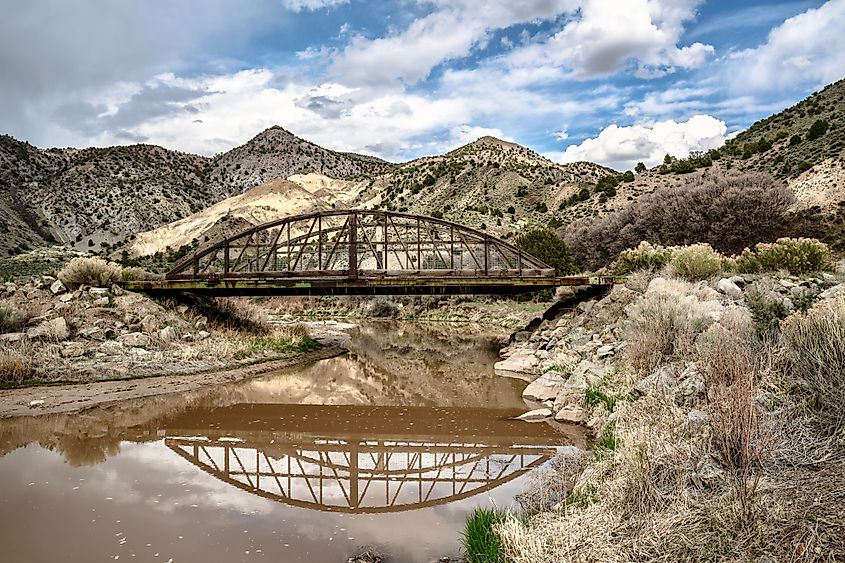
Sevier resembles the kind of sparsely-populated place where neighbors can exchange greetings on quiet streets and familiar faces cross paths at the post office. The old Sevier Ward Church, with its likeness to a New England meetinghouse, carries a familiarity that feels unexpectedly close to home. The grounded and rural feel continues through town, with its repair-minded locals treating projects as personal and preferring traditional fixing tactics. Clear Creek Canyon cuts through the landscape, threading together trailheads and open terrain where after-school hours often carry the sound of conversation and shared pace. The Sevier River runs through town, supporting agriculture that has sustained families here for generations.
Big Rock Adventure operates tubing trips during summer months, when locals float downstream on lazy afternoons that stretch into evening barbecues. The Fremont Indian State Park and Museum anchors the community, where families bring visiting relatives to learn about ancient inhabitants who once called this valley home. Inside, hands-on exhibits, excavated artifacts, and interpretive trails provide a detailed view of prehistoric life in the region. Local businesses serve residents who drive in from surrounding ranches, creating a steady cadence that characterizes a town that relies on its neighbors.
A Familiar Welcome in Utah's Heart
While many find comfort in the Rockies of Colorado or the Pacific Coast ridges in California, it is the Beehive State that balances restlessness with rhythm. Towns across Utah do not compete for attention; they grow their pace, keep their course, and welcome others into it to feel like home. In Kanab, fire lanterns lift through cold desert air each February. In Blanding, red cliffs cascade beside roads where morning light rehearses its quiet turns. Ivins holds moments of artistry and reflection inside its Desert Rose Labyrinth, while Heber City arranges aviation stories inside the CAF Museum. The spaces here let people return on their own terms. Homes do not just shelter human beings but carry whole patterns of days. And somewhere between the porch steps and the cliff shadows, one begins to embrace these friendly Utah towns.
